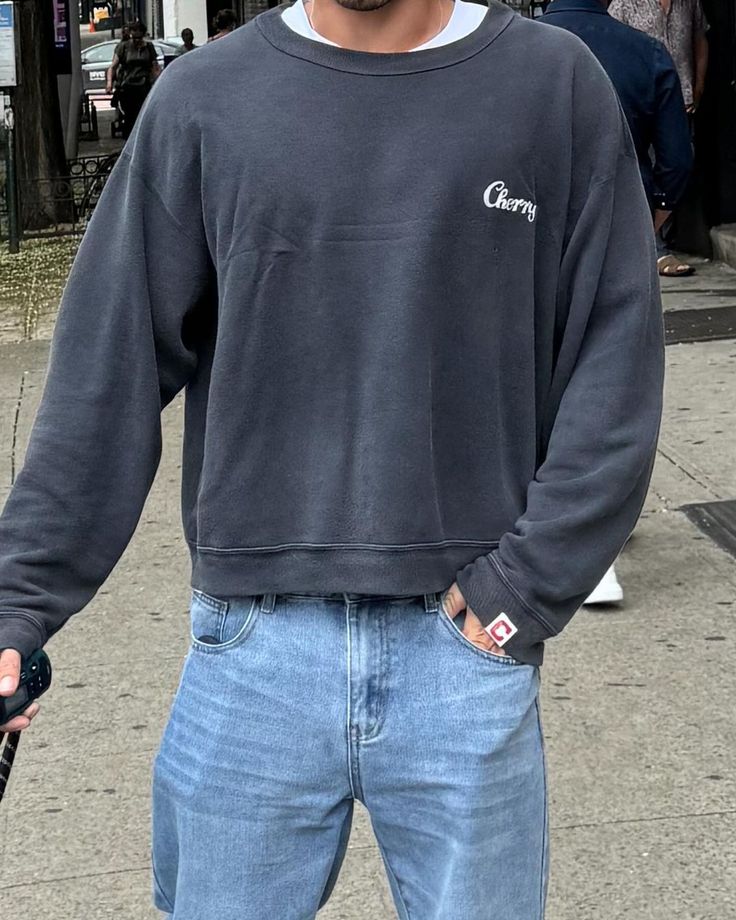
Reimagine Runway: The Bold New Look of Fashion in 2025
Introduction
In the ever-evolving landscape of fashion, 2025 stands as a pivotal year marked by groundbreaking shifts towards sustainability. This transformation isn’t merely a passing trend but a comprehensive movement redefining how garments are designed, produced, distributed, and consumed. From eco-conscious textiles to circular business models, sustainable fashion has gained momentum globally, altering the values of the industry and appealing to a more aware and ethically-driven audience. As consumers become increasingly environmentally savvy, designers and brands are compelled to adapt, creating a wave of innovation and responsibility that is reshaping the fashion world.
Eco-Friendly Materials Revolutionizing Clothing Production
The foundation of sustainable fashion lies in its raw materials. Organic cotton, bamboo fiber, hemp, and Tencel have all seen a surge in popularity due to their lower environmental footprints. These fibers consume less water, require minimal to no pesticides, and are biodegradable, offering a viable alternative to traditional materials like polyester and conventional cotton. Meanwhile, innovations like lab-grown leather and biodegradable synthetics are carving new possibilities in textile development, minimizing harm to animals and ecosystems alike. Brands are also embracing agricultural waste-based fabrics, turning banana stems, orange peels, and pineapple leaves into stylish, wearable textiles. This revolution not only reduces waste but also brings a natural, earthy aesthetic to contemporary designs.
Reimagining Manufacturing with Green Technology
Cutting-edge technology is playing a significant role in making fashion greener. Brands are investing in low-impact dyeing techniques, waterless fabric treatments, and renewable energy-powered factories to reduce their carbon footprint. Digital fabric printing has grown significantly, reducing water and chemical usage while offering unlimited design possibilities. Additionally, blockchain is being used to ensure transparency and traceability throughout the supply chain, assuring consumers that every step of their garment’s journey aligns with ethical and sustainable practices. These advancements are streamlining production while preserving natural resources, ensuring that the future of fashion is as efficient as it is ethical.
Circular Fashion Economy Gaining Momentum
The traditional linear model of take-make-dispose is being replaced by circular fashion systems that emphasize reuse, recycling, and regeneration. Thrift shopping, rental platforms, and secondhand marketplaces are thriving, encouraging consumers to reconsider the lifecycle of their garments. Designers are now crafting apparel with longevity in mind, using modular constructions that allow for easy repair, resizing, or transformation. Recycling programs and take-back schemes are also on the rise, where brands collect worn items to be broken down and remade into new pieces. This closed-loop strategy significantly reduces textile waste and promotes mindful consumption, setting a new standard for the fashion economy.
The Rise of Ethical and Transparent Supply Chains
Modern consumers demand to know the story behind their clothes. Transparency has become a cornerstone of sustainable fashion, driving brands to disclose information about their sourcing, labor practices, and environmental policies. Companies are now collaborating with certified fair trade producers and ensuring safe working conditions across the supply chain. Ethical audits and real-time reporting tools offer unprecedented insight into manufacturing processes. Labels such as GOTS (Global Organic Textile Standard) and OEKO-TEX certify that garments meet rigorous environmental and social standards, reinforcing consumer trust and accountability. The movement towards full disclosure is empowering shoppers to make more informed, responsible purchases.
Minimalist Aesthetic Leading to Mindful Consumption
The aesthetic shift towards minimalism is more than a visual trend—it’s a lifestyle that encourages intentional purchasing and long-term wear. Capsule wardrobes, characterized by versatile, high-quality staples, are being embraced as a way to reduce overconsumption. Designers are focusing on timeless silhouettes and neutral tones that transcend seasons, allowing wearers to mix and match pieces effortlessly. This restrained approach fosters a deeper appreciation for clothing and discourages impulsive shopping. By prioritizing quality over quantity, the minimalist ethos supports sustainable values while cultivating a refined and enduring personal style.
Sustainable Fashion Influencing Youth Culture
Younger generations are at the forefront of driving sustainability in fashion. Gen Z and Millennials are vocal about environmental concerns and social justice, aligning their buying habits with their values. They support brands that are inclusive, environmentally conscious, and community-driven. Social media platforms like TikTok and Instagram amplify these voices, spotlighting eco-friendly hauls, upcycling tutorials, and thrift flips. Educational content and influencer collaborations are raising awareness and normalizing sustainable practices among young audiences. This cultural shift is not only changing consumer behavior but also inspiring the next wave of designers and entrepreneurs to embed sustainability at the core of their creative visions.
The Digital Transformation Supporting Green Innovation
Technology is acting as a catalyst for sustainable fashion innovation. Virtual fitting rooms, 3D design software, and AI-powered trend forecasting reduce waste during the design process by eliminating the need for physical samples. Online platforms are using data to personalize shopping experiences, minimizing returns and enhancing product satisfaction. Additionally, digital fashion—virtual clothing designed for avatars or digital influencers—is emerging as a low-impact alternative to fast fashion. These advancements are transforming the industry from the inside out, reducing excess while offering futuristic experiences for eco-conscious consumers.
Policy Changes and Industry-Wide Commitments
Governments and fashion organizations are implementing new regulations and initiatives to support sustainability. Bans on textile incineration, mandates for supply chain transparency, and incentives for sustainable manufacturing are being enacted worldwide. Industry coalitions like the Fashion Pact and Sustainable Apparel Coalition are uniting brands in a collective effort to reduce emissions, water use, and waste. These policy shifts are setting new baselines for accountability and pushing the fashion sector toward long-term environmental goals. As regulations become more stringent, companies that prioritize sustainability will be better positioned for success in a changing market landscape.
Consumer Empowerment Through Education and Awareness
Education plays a crucial role in advancing sustainable fashion. Organizations, influencers, and institutions are developing resources to inform the public about the impacts of their clothing choices. Workshops, documentaries, and online courses are empowering individuals to adopt sustainable habits, from choosing eco-friendly materials to learning garment repair. This growing knowledge base fosters a culture of responsibility and curiosity, making sustainability an accessible and desirable goal. Empowered consumers are not just passive buyers but active participants in reshaping the fashion industry for the better.
Conclusion
Sustainable fashion in 2025 is no longer a niche movement—it is a transformative force that is redefining the industry’s priorities and practices. Through innovations in materials, technology, ethics, and consumer engagement, fashion is becoming a vehicle for positive change. The shift toward sustainability is fueled by both top-down policies and grassroots activism, creating a multifaceted evolution that encompasses every link in the fashion chain. As we continue to embrace these changes, the promise of a cleaner, fairer, and more creative fashion future becomes not just a possibility but a reality. With commitment and collaboration, 2025 marks the beginning of a truly sustainable era in style.



